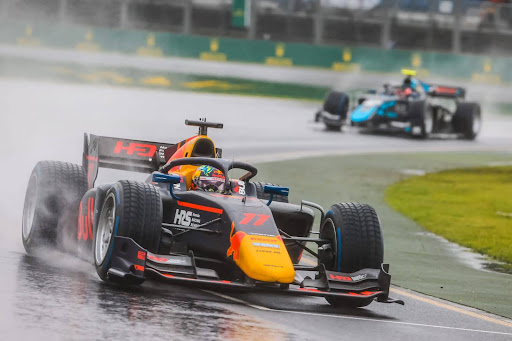The Unpredictable Element in F1
As an ardent fan and follower of Formula 1, also known as F1, I have marvelled at the high-octane sport that ceaselessly tests the limits of speed and human endurance. The intricate dance between man and machine, the split-second decisions, the sheer thrill of the race, it’s all part of what makes this sport truly captivating. However, there’s one factor that adds an unpredictable twist to every race, something that even the most powerful engines and the most skilled drivers can’t control – the weather.
Weather is not just a backdrop in F1 races, it’s a game-changer. It plays an enormous role, capable of turning the tides of a race, shaking up the leaderboards, and injecting an unexpected level of excitement into the competition.
Rain: A Game of Strategy and Skill
Consider rain, for instance. Rain is more than just a significant weather condition in F1; it’s a game of strategy and skill. When the tracks are wet, they become slick and slippery, making it harder for the drivers to maintain control of their cars. It’s like watching a ballet on ice – every turn, every acceleration must be calculated with precision. This not only tests the drivers’ skills but also their strategies. Teams have to decide when to switch to wet-weather tyres, which can greatly impact the outcome of the race. It’s a delicate balance of risk and reward that can make or break a race. Not to mention the visibility factor. Torrential rain can drastically reduce visibility, making it even more challenging for drivers to navigate through the track.
The Effect of Sunshine on Races
On the other hand, a sunny day might seem like the perfect day for a race. The bright skies, and the gleaming cars, all paint a pretty picture. However, high temperatures can cause the track to become too hot, leading to higher tyre degradation. This means the tyres wear out faster, losing grip and making it harder for the drivers to control their cars. This forces teams to pit more often, disrupting their race strategy and potentially affecting their position in the race. Furthermore, the scorching heat can also take a toll on the drivers themselves, making it a test of their physical endurance.
The Role of Wind and Changing Weather Conditions
But the weather does not stop at just rain and sunshine. Wind too can play a significant role. A gust of wind at the wrong time can affect a car’s aerodynamics, potentially leading to critical mistakes. Then there’s the factor of changing weather conditions during a race. Starting a race under clear skies and then having it rain halfway can throw all strategies out the window, making it a real test of a team’s adaptability.
Conclusion: Weather as a Key Player
Weather in F1 is much more than just a backdrop to the racing action. It’s an unpredictable element that can make each race a unique challenge. It’s a wildcard that adds another layer of complexity to the sport, making it even more intriguing. It transforms each race into a battle not just against other drivers, but also against the elements. And that’s part of what makes Formula 1 so thrilling to watch.
Every race is a new story, with the weather playing a crucial role in the narrative. So, the next time you watch an F1 race, pay close attention to the weather. It could very well be the defining factor of the race.
Written by Gareth Booth


Leave a Reply